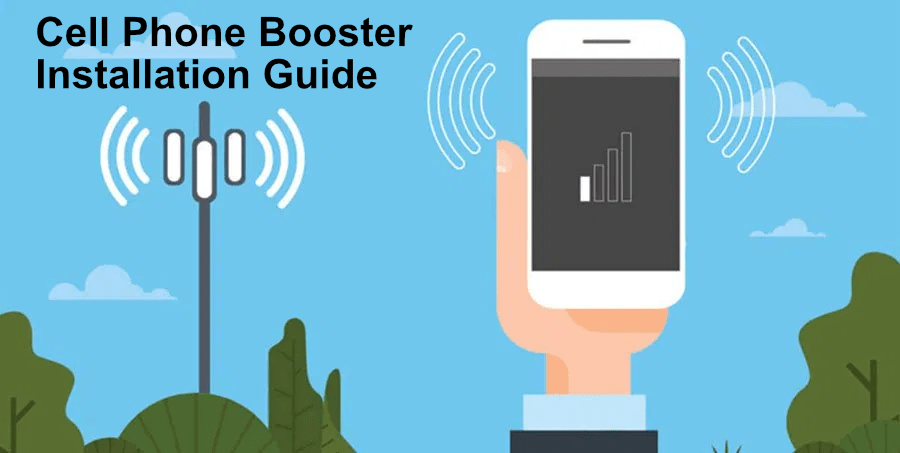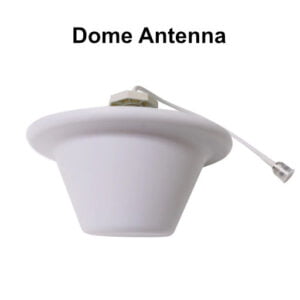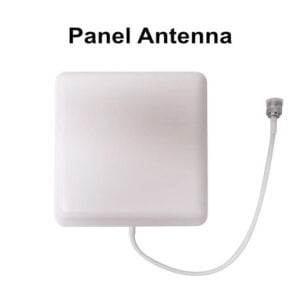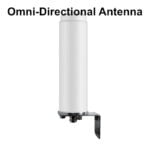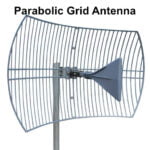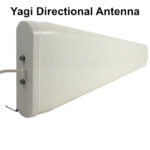Cell phones have become a necessity in these trying times. They are our main form of communication for work, contacting family, or watching videos. Many people often do not have an excellent connection to the cell network. It is a common problem even if you have a well-known carrier as your cell provider. The issue usually involves:
- Not being close enough to a tower.
- Being in a building that blocks a lot of the cell signal.
- Having multiple towers around you that cause interference.
Suppose you live or work in an area where it is hard to get a good signal for your phone. You might go about your daily activities just dealing with this connection issue, including dropped calls or reduced voice quality. A cell phone booster is an excellent way of fixing these connection issues. They take the existing signal and boost it while transmitting the signal out in key places so your phone can have a better connection.
Before You Begin
Before getting a cell phone booster, consider some of the following questions:
- Do I have no signal where I need my cell phone?
- Do I often need my cell phone to complete tasks?
- Do most of my cell phone interactions get interrupted because of signal loss?
- Do I have a better signal outside than I do inside?
- Is it possible that the building blocks the cell signal from reaching my phone?
- Is the distance to the closest cell tower possibly what causes my signal loss?
Chances are, if you say yes to some or all of these questions, then you could benefit from a cell phone booster.
Before you start, you must have at least 1 bar of usable signal outside or on the roof of the building you are installing the booster on. What do we mean by usable? You need to be able to place a call and use data reliably. When running a speed test, you should have decent upload and download speeds. Cell boosters bring signals inside from the outdoors. If the signal outside your building is not usable, the booster will not help.
Choosing Your Indoor Cell Phone Booster Antenna
When you purchase a cell booster, you will need to decide which types of antennas you will need for both inside and outside the premises. The most common types of indoor antenna are dome (omni-directional) and panel (directional) antennas. The dome antenna will broadcast the signal in all directions, while the panel antenna will broadcast in only one direction.
Panel antennas will typically have a stronger signal because they broadcast in one direction. Because of their directionality they are better at penetrating internal walls and floors. They are typically mounted on walls and are good for spot locations.
Dome antennas will broadcast the signal 360 degrees and may cover a larger area, but with a weaker signal due to their omni-directional broadcast. They are typically mounted on ceilings, but if you have very high ceilings (20 feet or higher) the signal may be reduced.
Depending on the building and the area you are trying to increase your cell reception will determine which antenna you use. You may even wish to use a combination of the two.
Choosing Your Outdoor Cell Phone Booster Antenna
Much like the indoor antennas, you will need to choose an omni-directional antenna or directional antenna for your outdoor antenna. This antenna is responsible for receiving the signal outside the building and sending to your amplifier.
An omni-directional antenna will receive cellular signals in a 360-degree window. They are great for accessing nearby cell towers and if you need to boost the signal of multiple different cell phone carriers. The directional antenna will only receive cellular signals from the general direction it is pointed. Their advantage is boosting signals from far off cellular towers or when you are dealing with weaker signals.
Please note if you are using an omni-directional antenna, the antenna could become overburdened, especially within bustling urban areas. Because these antennas can pick up multiple cellular carriers, you may receive interference from multiple towers or have issues locking onto the signal of a specific tower causing dropped calls. A directional antenna is harder to set up, but they have an easier time locking onto a specific tower. On the down-side, they usually support 1 to 2 cellular providers and are limited by their angle of field due to their directional signal.
Beginning Your Cell Phone Booster Installation
After you have decided to purchase a cell phone booster, you will receive your booster, and then it is time for the install. The install will take some time and maybe a little more hands-on than you may like. You might decide to have someone install it for you. Then again, if you have the time and patience, you may want to install it yourself.
Let us begin with the inventory of your equipment. When you receive your booster, you will typically be given:
- Cables
- Antenna
- Amplifier
- Grounding Cable
- Adapters
- Transmitters
- Installation Instructions
The instructions included with the equipment should have a list of all the items that are in your installation package. This would also be an excellent time to read over the instructions and verify all parts are included. Pay close attention to the instructions on where to place the outdoor antenna. The outdoor antenna will receive the signal and send it to the amplifier.
Before installing your booster, plan out where to place the inside antennas. Please pay close attention to how far apart they will be positioned and how much material is between them. If the antenna is too close, then there will be interference. There will not be as much coverage if they are too far apart either. If thick walls block the signal, the antenna range might not reach the surrounding rooms. This will also cause issues with coverage.
Once you plan the layout for your inside antennas, we can begin finding the best position for your outside antenna. The process will take some time. If you look at the instructions, you can discover how the process will unfold for your specific equipment. In this article, I will briefly describe the process.
Outdoor Cell Phone Booster Antenna Installation & Measuring Signal
When trying to find the best place to mount your outdoor antenna, you will need to measure the signal from your phone, an app included with the cell booster, or specialized equipment. Ideally you are looking for a location on your roof, wall, or even on the ground that has a clear line of sight to the transmitting cellular towers. Having the antenna mounted where it can easily be serviced is also beneficial.
Some of the metrics you will be looking at are SINR, RSRQ, and RSRP. The Signal to Interference and Noise Ratio or SINR measures the amount of interference and background noise for your current area. Reference Signal Received Power or RSRP is the power of the signal being received. Finally, Reference Signal Received Quality or RSRQ is the received signal’s quality. As previously mentioned, many cell boosters now come with apps. This app should have the metrics you will use to position the outside antenna. If you do not have an app for this, it is advised to call the manufacturer’s support line to help set the antenna.
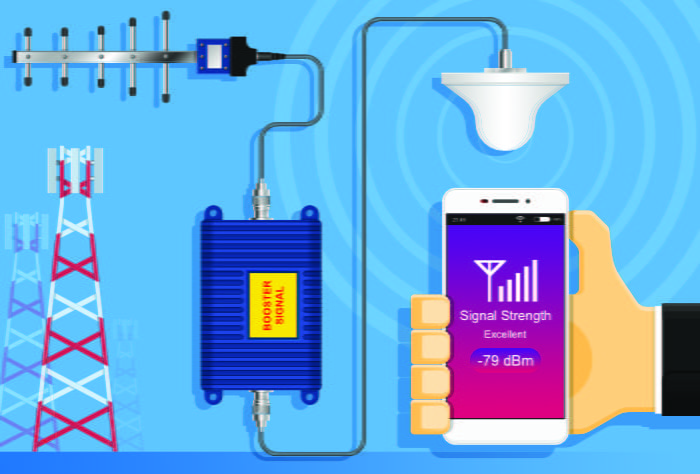
During the process of finding the best position for the outside antenna, you will have to temporarily mount the antenna in different locations and run your tests. This process is the most time-consuming part of the installation. It is best to record the positions and the statistics for each position and review them afterwards. Once you get statistics from 6 to 10 positions, you will have to look at your test results and pick the best position to mount the antenna permanently.
The table below shows what you are looking for in the metrics you recorded:
Connectivity RSRP (dBm) RSRQ (dB) SINR (dB)
Excellent >= -80 >= -10 >= -20
Good -80 to -90 -10 to -15 10 to 20
Medium -90 to -100 -15 to -20 0 to 13
Weak <= -100 < -20 < 0
Indoor Antenna & Amplifier Installation
After you have finished mounting the outside antenna, it is time to complete the installation by mounting the amplifier, mounting the indoor antennas, and run the cabling. When running the antenna’s cable, try to keep the cables separated. If they are running too close to each other, it could cause interference in the lines. When you have extra cable, roll up the excess in a large service loop. Ensure when you are running the cable, check for the grounding wire. It should be connected somewhere around the outside antenna. This grounding line is for lightning strikes. If it is not correctly running to ground, a lightning strike could potentially go through the cables and hit your amplifier and indoor antennas.
Lastly, it is time to test your system. If the cell booster was installed correctly, you should see the bars on your cell phone increase. Next, make sure your cell phone is not connected to your wireless network. Complete a speed test from your cell phone to verify it is working correctly. Make some phone calls from your cell phone to test and see if it will cut in and out. Move around while using the phone to help verify your coverage area. When you are confident that the installation is complete after testing the system, you can begin enjoying your new cell booster!
Need Assistance with Your Cell Phone Booster Installation?
If you need assistance installing your cell booster or would like a quote for installation, please contact our network and cabling services team for a free quote. Our team will perform a professional site survey of your existing infrastructure and signal and put together a quote based on your coverage needs and budget. Our team will then install all the antennas, cabling, and equipment and perform tests to ensure the signal has improved.

